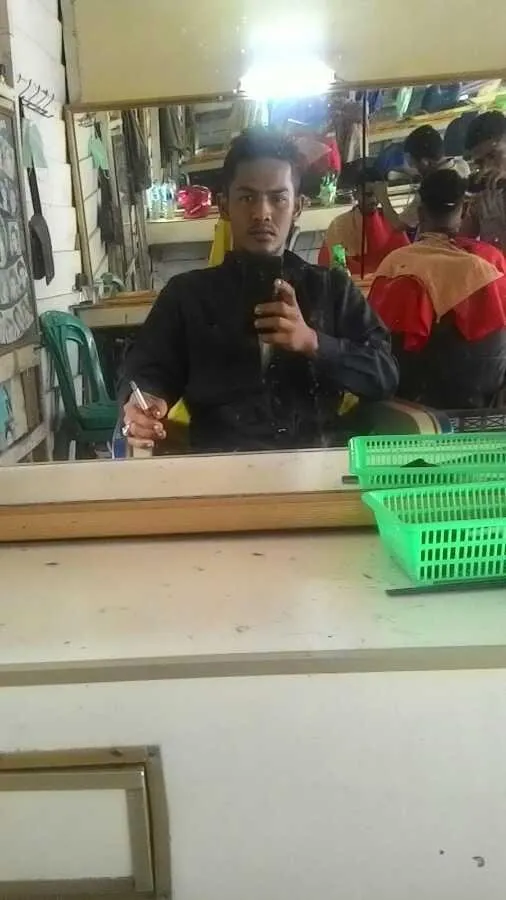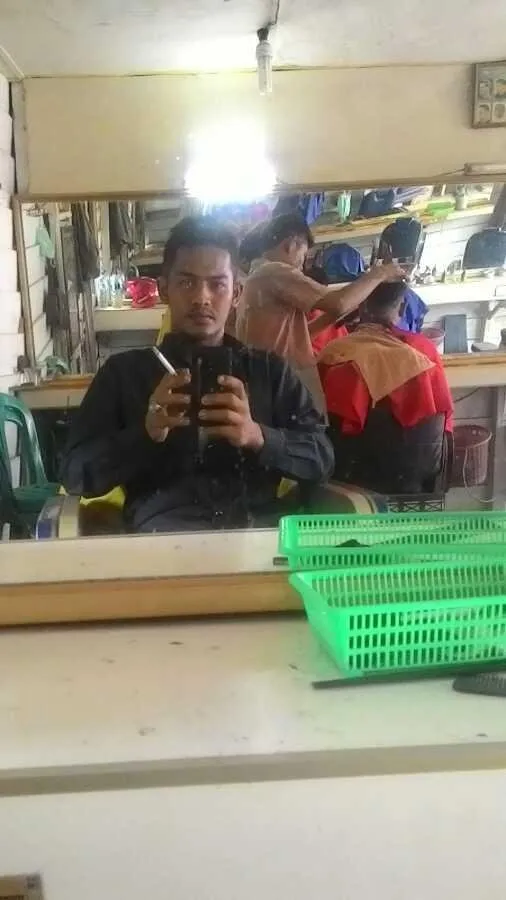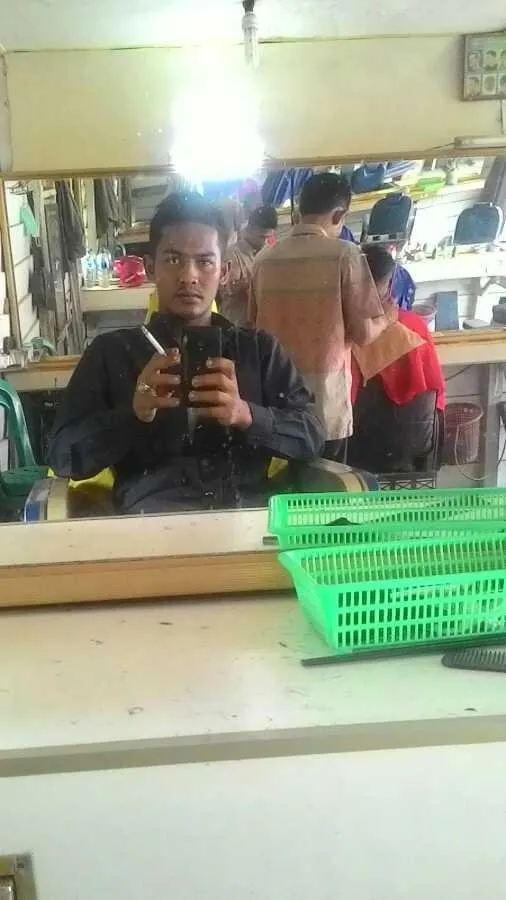VIEWPOINT



Sudutupa is the author's way of putting herself to the story or from the point where the author knows the story. These are some parts that can be used in story telling.
A. Suduttle the first person, this round usually uses the pronoun I or I. In this case the author seems to be involved in the story and act as a story character.
b. Other people, this point of view usually uses people's pronouns like them, or the name of the person used as the center of the story.
c. Sudutving an all-knowing observer, in this case the author is one-of-a-kind known figures and figures of character.
d. Suduttle mixes, (first person bat and all-round observer). The author first uses the views of the first person. Next all know and the end back to the first person.
· Viewer's / Novel's Point of View
- Perspective Perspective as Main Doer in various view
this technique, the "I" tells the events and behaviors he experienced, whether inner, in himself, or physically, with something outside himself. The "I" becomes the focus of the center of consciousness, the center of the story. Anything that exists outside of you "me", plays, actions, and people, is told only when it comes to itself, in addition to having the freedom to choose the issues to be told. In such a story, the "I" becomes the main person (first person central).
Example:
This morning was perfect for changing the mood of my already tired soul because a pile of dull tasks became a little lightened. However, I had to get out of bed right away and because I was going to head to the Australian Embassy to collect the news I should report today as well.
- First Person's Perspective as Side Door
In this view, the "I" figure appears as the main character, as an additional figure (the first device pesonal). The "I" person is present to bring the story to the reader, while the characters told the story are then "left" to tell their own experiences. The storytellers are left to tell themselves that later became the main character, because the more appear, bringing various scenes, actions, and connect with other figures. After the main character's story has run out, the "me" comes up, and it's she who tells the story.
Thus the "I" only appears as a witness only. The story of the witness takes place that is reinforced by others. The "me" generally comes as an introduction and cover story.
Example:
The roar of thousands of vehicles passing by and very eager to the ears became my daily meal until the three months I lived in this metropolis. It's not easy to organize my heart and I, the atmosphere of a big city, like Jakarta, for visitors like me. In the past, I, today, can not continue to this city. But, this time to pull out of this task, which is very much needed to incorporate advance the company where I work.
Apparently, it's not me that reflects this mutation. Praba, my dear friend, and the same thing. We became very familiar because it felt a fate, had to adapt to the atmosphere of Jakarta.
"I can stress if every day have to jam like this. Is not the effort of this city administration? It feels like, better than I ever had in this city! "Umpatnya.
- The Third Person's Point of View
In this viewpoint, the narrative is narrated from the "he" side, but the author, the narrator can give anything about the "him" character. The narrator knows everything, he is omniscient (omniscient). He knows things about characters, playbacks, and actions, including the underlying motivations. He is free to move and tell anything in the context of time and place, moving from one "she" to another, bringing or "connecting" the words and actions of the characters, even those that form only thoughts, feelings, views , and character motivation clearly, such as clothing greeting and real action.
Example:
It has been one month since he became a newcomer to this housing complex. But not once did she look out of the house to be friendly with other neighbors, caring, or anything that would benefit her out of the house.
"Is it possible he's too busy, right?" One of his neighbors said. "But, ignorance! I have nothing to lose and he will not lose me. "
Once he chose a guest whose other word was his brother. Indeed he is an introvert figure, the sibling of his visiting brother, he will not be talented.
- Third Person's Point of View As an Observer in view
"he" is limited, as in "he" is omniscient, the author describes what he sees, hears, experiences, thinks, and enjoys